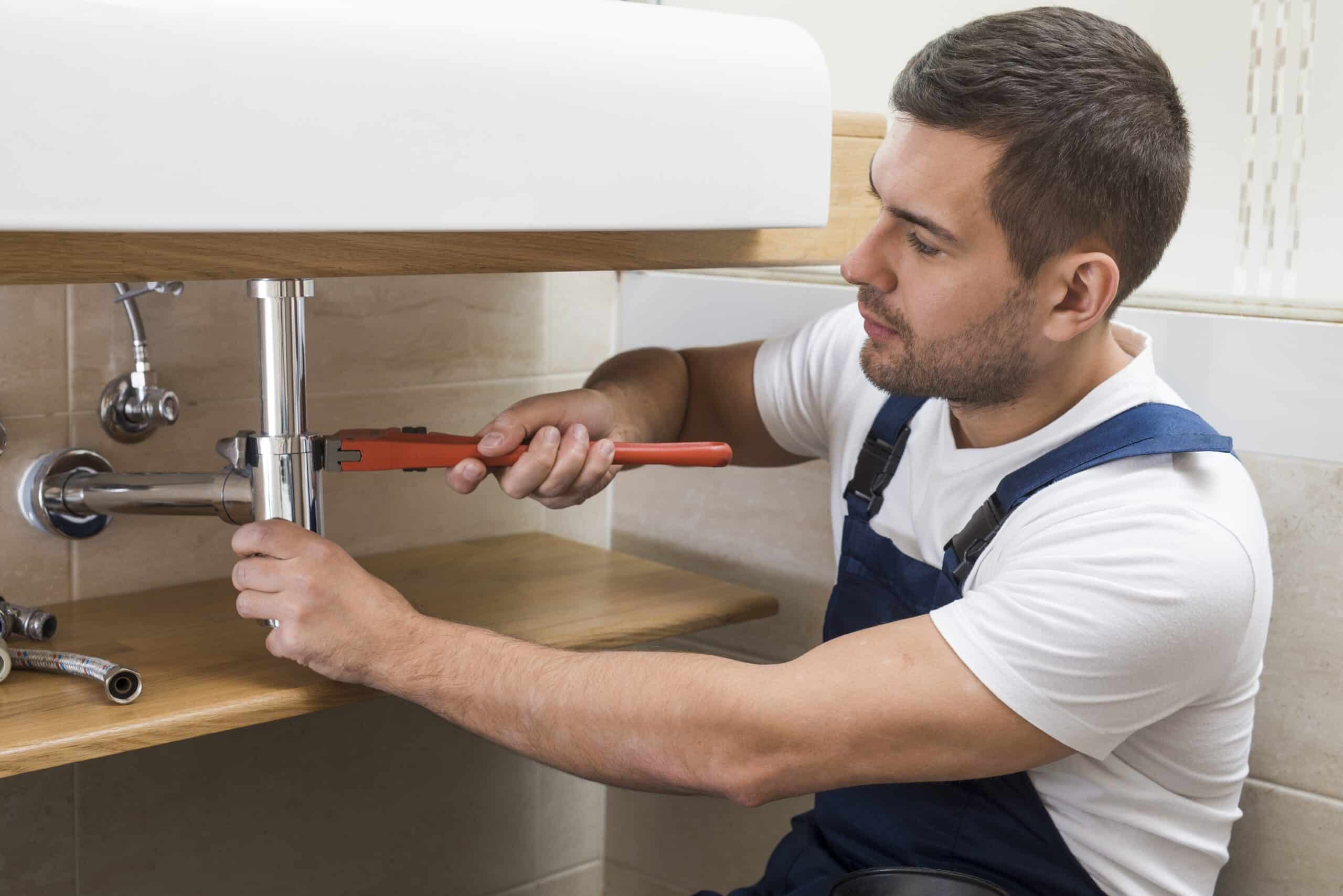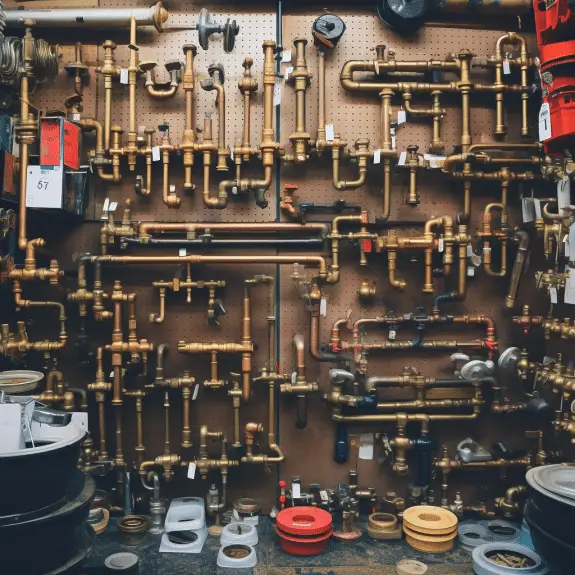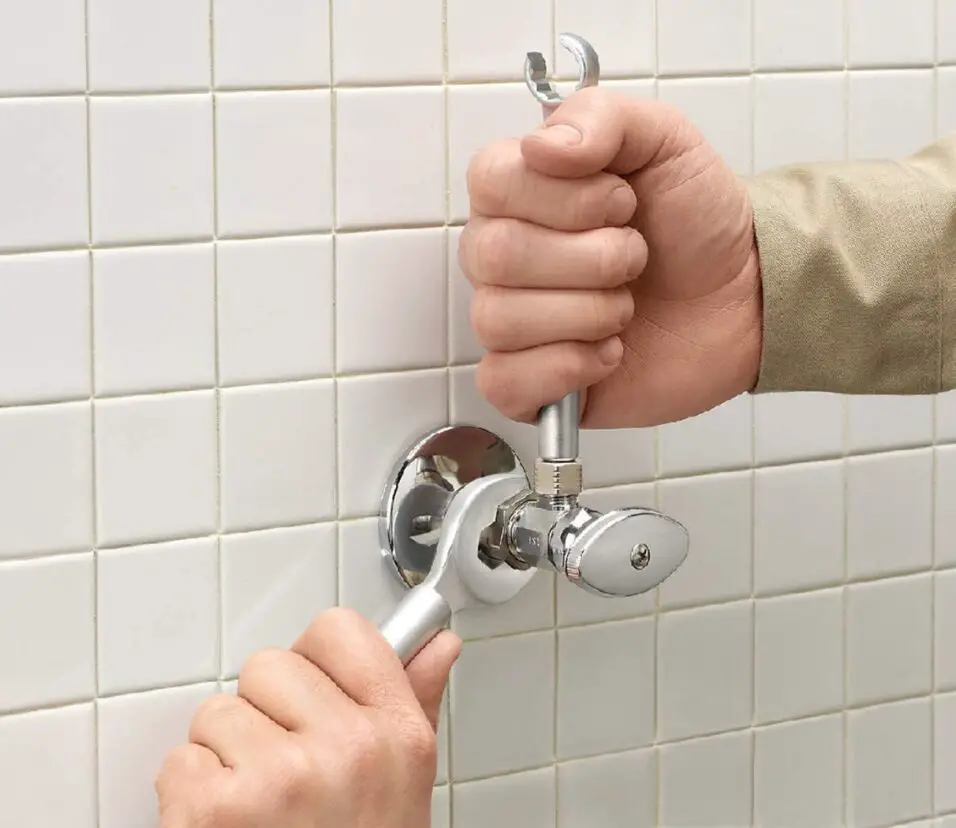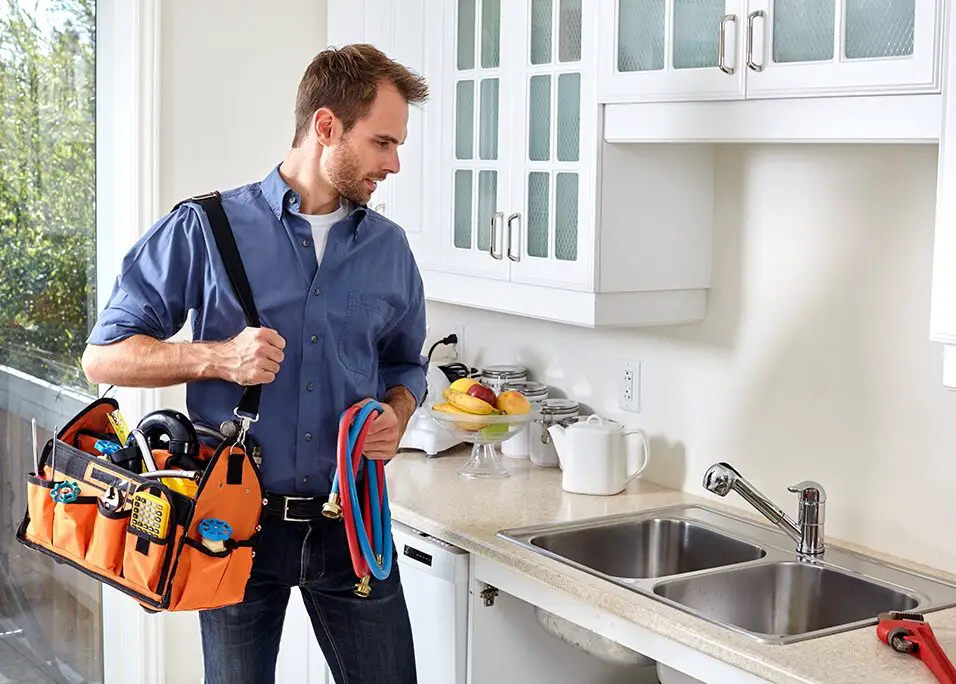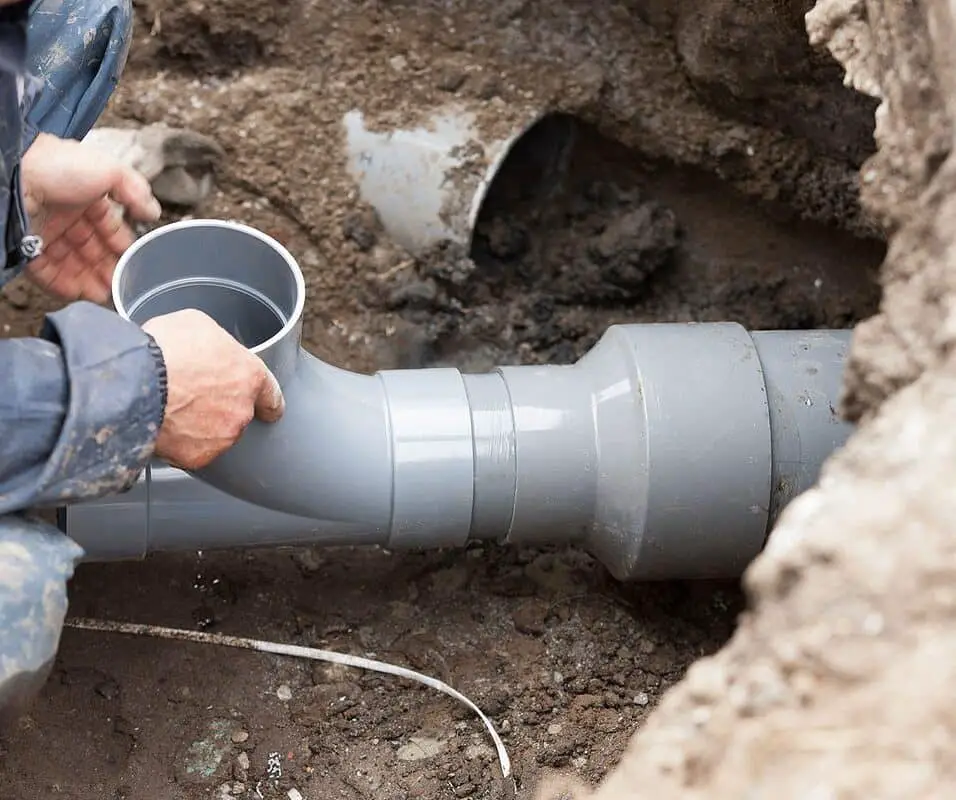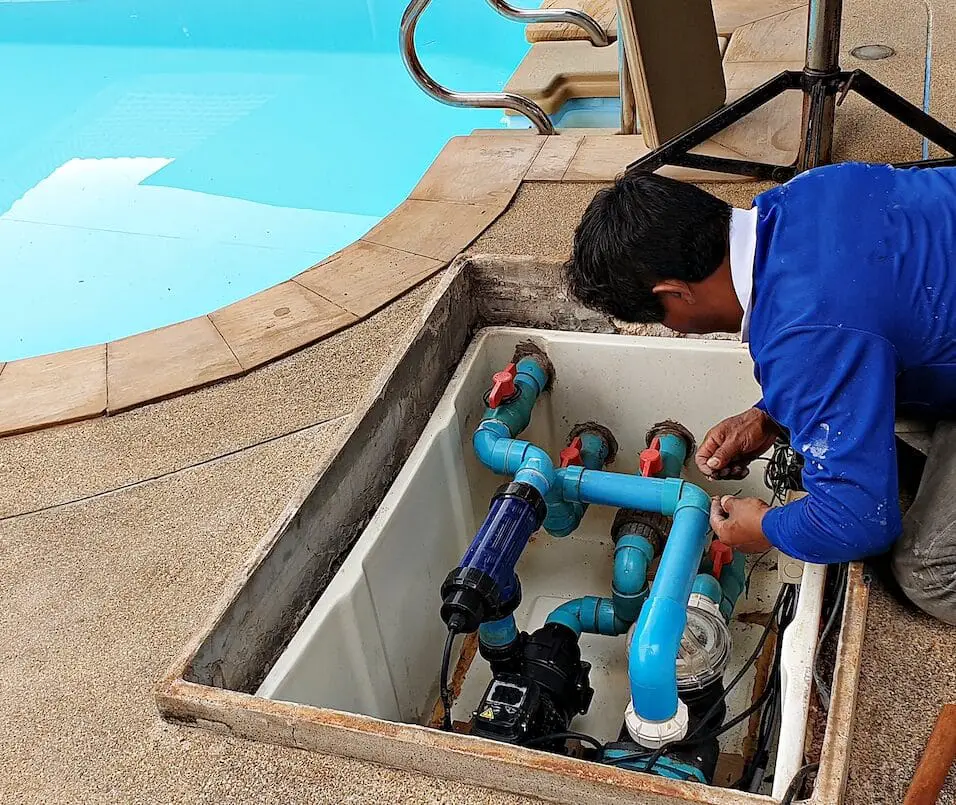When Did Indoor Plumbing Become Common
Introduction
When Did Indoor Plumbing Become Common: Indoor plumbing, a fundamental aspect of modern sanitation and hygiene, is a marvel of human engineering that has significantly improved the quality of life for countless individuals. However, the ubiquity of indoor plumbing was not always the norm throughout history. Its widespread adoption and acceptance took time, evolving through centuries of technological advancements and societal transformations. This essay aims to explore the timeline of indoor plumbing’s rise to prominence and investigate the factors that contributed to its eventual commonality.
The origins of indoor plumbing can be traced back to ancient civilizations such as the Indus Valley, Ancient Egypt, and Ancient Rome, where rudimentary plumbing systems were developed to supply water and remove waste. However, these early examples were limited to specific regions or elite social classes, with the majority of the population lacking access to such conveniences.
It was not until the late 19th century that indoor plumbing began to gain traction as a widespread phenomenon. The advent of industrialization, urbanization, and advancements in materials and infrastructure played a crucial role in this transformation. The development of cast iron pipes, the expansion of municipal water supplies, and the invention of the flush toilet were instrumental in making indoor plumbing more feasible and accessible to a larger segment of society.
Furthermore, the growing awareness of public health and the devastating impact of unsanitary living conditions spurred governments and municipalities to invest in public sanitation systems. Diseases like cholera and typhoid, often transmitted through contaminated water sources, were significant catalysts for the improvement of plumbing infrastructure.

When Did Indoor Plumbing Come Around?
In 1826, Isaiah Rogers, an architect, designed the indoor plumbing system for his hotel, The Tremont Hotel in Boston. The indoor plumbing made Tremont Hotel among the best in the U.S. The hotel had eight closets on its ground floor.
Indoor plumbing has a thousand-year history of distributing clean water and disposing of trash in structures. Many cultures and civilizations contributed to the gradual development and widespread adoption of indoor plumbing. This essay examines indoor plumbing’s history and highlights major events.
Indoor plumbing originated in ancient cultures. Archaeological evidence reveals advanced drainage and water supply networks in the Indus Valley civilization, which existed approximately 3300-1300 BCE in Pakistan and northwestern India. As early as 2500 BCE, Ancient Egypt used clay pipes and channels to collect and distribute water and eliminate garbage.
Ancient Rome, known for its engineering, advanced plumbing. An large network of Roman aqueducts brought water from remote sources to cities. To supply water to public baths, toilets, and fountains, they built a sophisticated lead and clay pipe system.
When Did Indoor Plumbing Become Standard In England?
The 1919 Housing and Town Planning Act made toilets a minimum requirement for all new dwellings; forty years later, the Government passed the 1949 Housing Act, starting a programme of grants for the improvement of privately-owned housing.
Indoor plumbing becoming a standard feature in England followed a similar trajectory to its adoption in other developed countries. The advancement of indoor plumbing technology and the recognition of its importance for public health and sanitation played key roles in its widespread acceptance. This essay aims to explore the timeline of when indoor plumbing became standard in England.
In the early centuries, plumbing in England was rudimentary and limited to specific locations or wealthy households. The Roman occupation of Britain from 43 to 410 CE introduced some level of plumbing infrastructure, including aqueducts and public baths. However, with the departure of the Romans, these systems fell into disrepair, and plumbing in England regressed.
It was during the 17th and 18th centuries that a renewed interest in sanitation and hygiene emerged, particularly in urban areas. Wealthy households in London and other major cities began to install indoor plumbing systems. These systems often consisted of wooden or metal pipes that carried water and basic toilet facilities. However, these early plumbing systems were still limited to a relatively small portion of the population.
The real progress in the adoption of indoor plumbing in England began in the 19th century, with the advent of the Industrial Revolution. The expansion of industrialization and urbanization created a need for improved sanitation systems. Municipalities recognized the importance of providing clean water and sanitary waste disposal for public health. This led to the establishment of public water supplies and sewer systems.
When Did Indoor Plumbing Become Common In London?
Indoor sanitation started to become common in middle class households in the late nineteenth century, but it took sustained government intervention in the second half of the twentieth century to ensure all homes were upgraded.
The journey of indoor plumbing becoming common in London closely mirrors the broader progression of plumbing infrastructure in England. As a major urban center, London experienced advancements in plumbing technology and public health initiatives that contributed to the eventual widespread adoption of indoor plumbing. This essay aims to explore the timeline of when indoor plumbing became common in London.
In the early centuries, plumbing in London was rudimentary and mostly limited to the wealthier segments of society. The Roman occupation of Britain from 43 to 410 CE introduced some level of plumbing infrastructure, including aqueducts and public baths. However, with the decline of the Roman Empire, these systems deteriorated, and plumbing in London regressed.
Significant progress in the adoption of indoor plumbing in London occurred during the 19th century, coinciding with the Industrial Revolution and the rapid urbanization of the city. The expansion of industrialization and a growing population created a pressing need for improved sanitation infrastructure. The Metropolitan Commission of Sewers, established in 1848, played a vital role in the development of London’s plumbing systems. The commission oversaw the construction of new sewer networks and the implementation of public health measures.
What Did People Do Before Indoor Plumbing?
Pre-Indoor Plumbing
Washing took place at a washstand in the bedroom, with a pitcher and a bowl; defecating happened in the outhouse or the chamber pot; bathing, when it occasionally happened, was often in a tub by the stove in the kitchen, where the hot water was.
Before the advent of indoor plumbing, people employed various methods to meet their water and sanitation needs. These methods varied depending on the region, time period, and social status of individuals. This essay aims to explore some common practices that people relied on before the widespread availability of indoor plumbing.
Water collection and storage were essential aspects of daily life. Many households relied on natural water sources such as wells, springs, rivers, or lakes. People would manually draw water from these sources using buckets or containers and transport them back to their homes for various purposes. In urban areas, water could be obtained from public wells or water carriers.
For bathing, people often used large basins or tubs filled with water heated on a stove or fireplace. Alternatively, communal bathing facilities such as public baths or natural bodies of water were utilized, especially in ancient civilizations.
Toilet facilities were typically rudimentary, and practices varied across different cultures and time periods. In ancient societies, chamber pots were commonly used, which were emptied into designated areas or disposed of in open spaces. Outhouses or latrines, typically located outside the main living area, were used for waste disposal. These structures were often simple pits or trenches dug into the ground.

Which Civilization Had The First Indoor Plumbing?
The Indus Valley civilization
In Lothal, every households had a private toilet connected to a sewage system that ran to a cesspit or local waterway.
Mohenjo-daro and Harappa had extensive urban planning and infrastructure, including water and waste systems. Archaeology reveals Indus Valley residents had well-developed residential drainage systems. The bathrooms in each house featured complex brick-lined drains connected to a main sewer system beneath the streets. These indoor toilets had a water supply to flush waste.
The Indus Valley cities received water from adjacent rivers via conduits and reservoirs. The water was carefully directed into private wells, public baths, and indoor plumbing systems. Cities had huge brick-lined sewers that efficiently removed effluent.
The Indus Valley civilization’s extensive plumbing infrastructure shows its engineering and urban planning talents. Their cities had indoor plumbing, improving sanitation and hygiene compared to many modern cultures.
Did The Indus Have Indoor Plumbing?
The Indus were the first people to have indoor plumbing, perhaps as early as 3000 BC. The pipes were positioned so that wastewater flowed down into the drain ditches that ran along every avenue in the city, and then into underground tunnels.
The presence of indoor plumbing in the Indus Valley civilization, also known as the Harappan civilization, is a topic of debate among archaeologists and historians. While there is evidence of sophisticated water management systems in their cities, the specific existence of indoor plumbing remains uncertain.
The Indus Valley civilization, which thrived from approximately 3300 to 1300 BCE in the region of present-day Pakistan and northwestern India, had well-developed urban centers with advanced infrastructure. The cities, such as Mohenjo-daro and Harappa, featured a grid-like street layout, brick houses, and public buildings.
One notable aspect of the Indus Valley civilization’s infrastructure was their water management systems. They had an extensive network of canals, reservoirs, and wells for water supply. The houses in the cities had private wells or access to public wells, suggesting a reliable water source for the inhabitants.
In terms of sanitation, the Indus Valley civilization implemented sophisticated drainage systems. Each house had a bathroom area with a floor drain, connected to a network of brick-lined drains beneath the streets. These drains would transport wastewater away from the houses and out of the city. The presence of public bathing areas and waste disposal sites further indicates their emphasis on sanitation.
Did Indoor Plumbing Become Common Worldwide At The Same Time?
Due to technology advances, cultural traditions, economic development, and infrastructure capacities, indoor plumbing usage varied widely between areas and countries. The timeline of indoor plumbing’s adoption around the world is examined in this essay.
The Indus Valley culture in Pakistan and northwestern India had indoor plumbing facilities as early as 3300 to 1300 BCE. These incidences were limited to certain locations and socioeconomic strata, and indoor plumbing was rare at the time.
Ancient Rome built enormous aqueducts, water distribution networks, and public baths, advancing indoor plumbing. The Romans used lead and clay pipes to build a complex indoor plumbing system that was popular among the wealthy. Many localities lost plumbing infrastructure once the Roman Empire collapsed.
Indoor plumbing became popular in metropolitan Europe and North America in the 18th and 19th centuries. The Industrial Revolution and material and engineering advances made plumbing systems more efficient. England, France, and the US saw a rise in indoor plumbing systems, initially for wealthy families.
How Did The Availability Of Indoor Plumbing Change Daily Life For People?
The availability of indoor plumbing has had a profound impact on daily life, revolutionizing the way people live, work, and maintain their hygiene. The convenience and benefits brought about by indoor plumbing have transformed various aspects of daily life for people worldwide. This essay aims to explore how the availability of indoor plumbing has changed daily life.
First and foremost, indoor plumbing has greatly improved personal hygiene. Access to clean, running water within homes allows individuals to easily and conveniently wash their hands, take showers or baths, and maintain overall cleanliness. This has significantly reduced the spread of diseases and improved public health outcomes. Additionally, the availability of indoor plumbing has made it possible for people to have private and comfortable spaces for personal grooming and hygiene routines.
Indoor plumbing has also transformed the way people dispose of waste. The introduction of flush toilets, connected to sewage systems, has replaced more primitive and unsanitary methods of waste disposal. This has not only enhanced cleanliness but also contributed to a healthier and more pleasant living environment. The elimination of manual waste disposal methods has reduced exposure to harmful pathogens and minimized odors.
Furthermore, the convenience of indoor plumbing has saved people significant time and effort. No longer do individuals need to fetch water from external sources or make trips to communal bathing facilities. The presence of plumbing fixtures such as sinks, toilets, and showers within homes has made daily tasks more efficient, allowing individuals to focus on other important aspects of their lives.

Conclusion
The widespread adoption of indoor plumbing has been a transformative development in human history, revolutionizing hygiene, sanitation, and overall quality of life. The timeline of when indoor plumbing became common varied across different regions and countries, influenced by factors such as technological advancements, infrastructure capabilities, cultural practices, and socioeconomic conditions.
The origins of indoor plumbing can be traced back to ancient civilizations such as the Indus Valley, Ancient Egypt, and Ancient Rome, where rudimentary plumbing systems were developed. However, these early examples were limited to specific regions or elite social classes.
Significant advancements in indoor plumbing occurred during the 18th and 19th centuries with the onset of the Industrial Revolution. Countries like England, France, and the United States witnessed the development of more efficient plumbing systems, which gradually became more accessible. The expansion of water supply networks, the invention of the flush toilet, and the recognition of the importance of public health were key drivers in the increasing prevalence of indoor plumbing.



